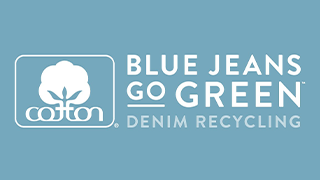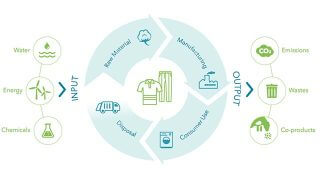Biodegradability of Cotton
The Role of Biodegradable Cotton in the Textile Industry
Natural fibers, like cotton, can be a much more sustainable option than synthetics for many reasons. Cotton is grown, not made, and sequesters carbon as it grows. With advances in agricultural technology and practices, cotton also has the potential to enhance soil health. This can aid in further carbon sequestration, as healthy soils store carbon more effectively. On top of that, cotton fibers don’t produce microplastics as synthetic fabrics do. Microplastics wreak havoc on ecosystems, wildlife and humans. As shared below, a slew of research has shown that cotton biodegrades more quickly and thoroughly than synthetics.
Textiles in the Market: The Consumer Search for Sustainable Textiles
Based on Cotton Incorporated’s Lifestyle Monitor™ research, the number of consumers aware of microplastic pollution has grown to 38%, up from 27% in 2018. In the Cotton Council International (CCI) and Cotton Incorporated’s 2021 Global Sustainability Survey, 63% claimed that clothing biodegradability was important to them. Similar responses can be found in other studies as well. According to Cotton Incorporated’s 2022 Denim and Sustainability Consumer Survey, 61% of respondents feel it is very important for the clothing industry to improve garment end-of-life by designing clothes to biodegrade, recycle or otherwise divert from landfills.
As sustainability continues to garner attention in the textile industry, brands that seek the best options for the environment are most likely to build brand loyalty and affinity with a wide range of consumers who value biodegradable textiles. According to the Global Sustainability Survey, 58% of shoppers polled say sustainability or environmental friendliness impacts their apparel buying decisions. And 9 out of 10 believe cotton is safe for the environment.
Impacts of Synthetic Textiles: Microplastic Pollution
Consumers, brands and retailers alike are right to seek alternatives to synthetics. Apparel sheds tiny fibers, called microfibers which get flushed through our wastewater systems when laundered. When these fibers are synthetic, they are called microplastics — 5 mm or smaller plastic fragments, fibers, pellets, or granules1 — and research shows these synthetic fibers (microplastics) contribute to growing plastic pollution in the earth’s water supply.
And the plastics problem is huge. In the last four years, Adventure Scientists have collected over 2,677 samples in marine and freshwater systems globally, spanning every continent and ocean. The results indicate that microplastics are accumulating at a higher rate in marine systems (89% of samples) than in freshwater systems (51% of samples).2 It’s estimated that there are now a minimum of 5.25 trillion plastic particles, weighing 270,000 tons, floating in the world’s oceans.3 Plastic is blanketing our coral reefs.4 By 2050, scientists project there will be more plastic than fish in the world’s oceans.5 Of course, this crisis comes from a range of plastic goods, not just synthetic textiles, but textiles do contribute to the concerning issue, which is why biodegradability of fabric is important.
Problematically, what goes into aquatic environments often ends up in our diets. There is now evidence of microplastics in every part of the food chain,6 including fish and water supplies around the world, thus threatening food security.7 According to a study led by the University of Newcastle, the average person consumes up to approximately a credit card’s worth of plastic a week. The literature contains varying estimates of the quantity of plastic consumed and the science to understand these impacts is still under development.
This doesn’t just sound unappetizing; microplastics have serious detrimental impacts on human health and have been found in a variety of places in the human body.8 They’ve been shown to disrupt human digestive, respiratory, reproductive, immune and endocrine systems, and can lead to infertility, COPD and more.9
As the issue of microplastic pollution continues to spread, consumers are looking to brands and retailers to make the next move.
To learn more about the full scale of the plastics problem, download the brochure: Understanding the Depth of the Plastics Problem.
Tackling Our Ocean’s Plastic Pollution Problem
Turning the Tides addresses the issue of plastic pollution in our oceans and presents a proposal to tackle this issue.
This webinar also presents updated research on the generation of microfibers in laundry, including cotton, polyester, and rayon.
Download Turning the Tides presentation slides.
Plastic-Free: Proving a Natural Solution
The European Commission adopted the world’s first comprehensive plastics strategy to decrease single-use plastics accounting for marine litter. This webinar covers this plastics strategy, legislative action against single-use plastic items and plastic fishing gear, brand and retailer awareness about the volume of microfibers in aquatic environments due to laundering of clothing, and alternatives to synthetic fibers and solutions to their effects on the environment.
Download Plastic-Free presentation slides.
Cotton Biodegrades
While cotton also releases fibers in the wash, these small fibers biodegrade much quicker and more thoroughly than microplastics produced by synthetic materials. Cotton, like all plants, is grown from the earth and can return to the earth safely and quickly under a variety of conditions. It is a versatile textile solution to combat the microplastics problem, and can be used in a variety of goods, including apparel, home goods, personal care, woven and nonwoven materials.
Let’s look at the research conducted around the biodegradability of cotton and other materials in a range of environments.
The Research: Biodegradability of Cotton and Synthetic Materials in a Variety of Environments
Research has consistently shown that cotton fibers biodegrade faster and more thoroughly than synthetic fibers in aquatic environments like wastewater, freshwater and saltwater, and terrestrial environments like compost and soil.
What Happens to Fibers in Aquatic Environments?
Study: Aerobic biodegradation in freshwater and marine environments of textile microfibers generated in clothes laundering: Effects of cellulose and polyester-based microfibers on the microbiome.10
Study Participants: Cotton Incorporated and NC State University, 2020
Environment: Various aquatic environments
Materials: Cotton and synthetic microfibers
Key Outcome: Natural plant fibers like cotton readily biodegrade and petroleum-based microfibers do not, leaving fewer microfibers (and no microplastics) behind.
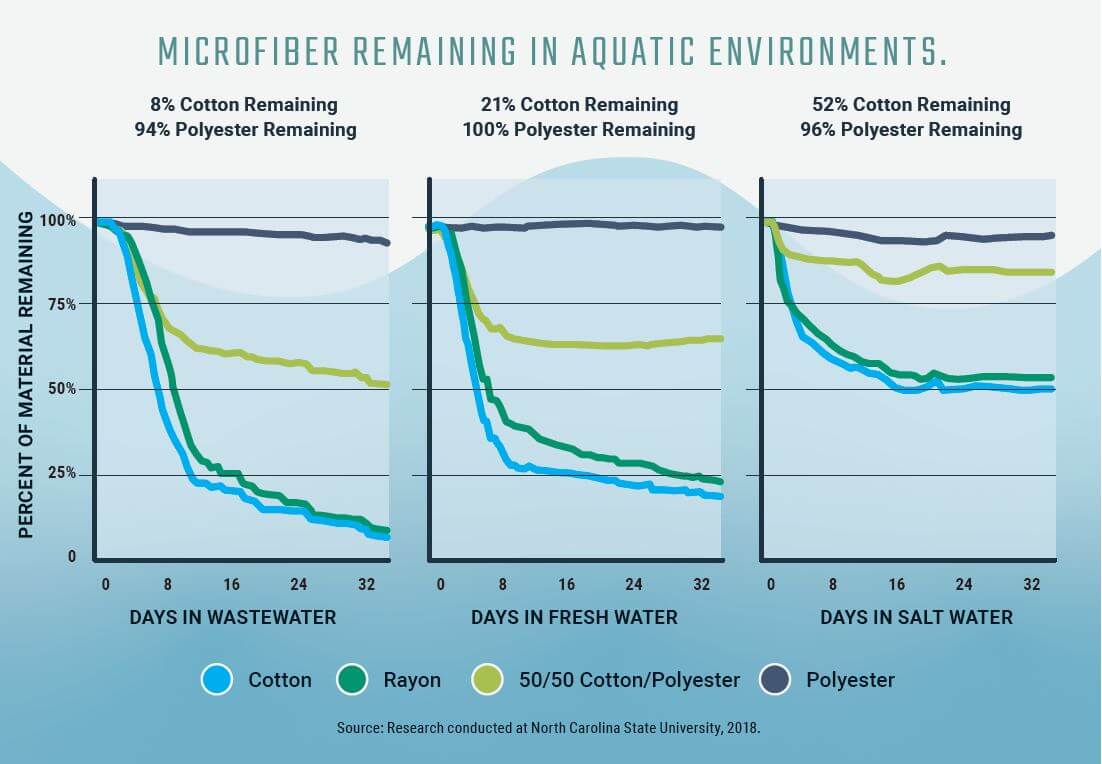
This research explored the degradation rates of four fiber types (cotton, rayon, polyester and polyester/cotton blend) in a variety of aquatic environments, including wastewater, freshwater, and saltwater.
Polyester microfibers show very little degradation in all three aquatic environments and are expected to persist in the environment for long periods of time based on the data trend chart. Cellulosic fibers (those from cotton and rayon) degrade significantly more than petroleum-based microfibers.
In the cotton/polyester blend, the cotton biodegrades, leaving only the polyester after 20+ days. Cotton also degrades faster than artificial cellulosic fibers like rayon.
How do dyes and finishes impact biodegradability of cotton in water?
Study: Impact of dyes and finishes on the aquatic biodegradability of cotton textile fibers and microfibers released on laundering clothes: Correlations between enzyme adsorption and activity and biodegradation rates11
Study Participants: Cotton Incorporated, Duke University, NC State University, 2021
Environment: Aerobic aquatic environment
Materials: Cotton with a variety of finishes and dyes
Key Outcome: While finishes impact the initial rate of biodegradation, in 102 days, all samples reached 60% degradation, with most experiencing a faster biodegradation rate than an oak leaf.
This study shows that cotton fibers are biodegradable, regardless of finish or dye.
Aquatic biodegradation rates of cotton samples with a range of finishes and dyes were tested during this study, alongside an oak leaf. Although the initial biodegradation rate was impacted by the type of finish and dye, each cotton fiber sample underwent significant biodegradation, regardless of finish type. In fact, when compared to an oak leaf, cotton with softener, MCC, water repellant, no finish and with dye, all biodegraded faster than an oak leaf. Durable press biodegraded as well, but slower than the oak leaf.
This study examines what happens to cotton microfibers released during laundering and provides promising results for biodegradability.
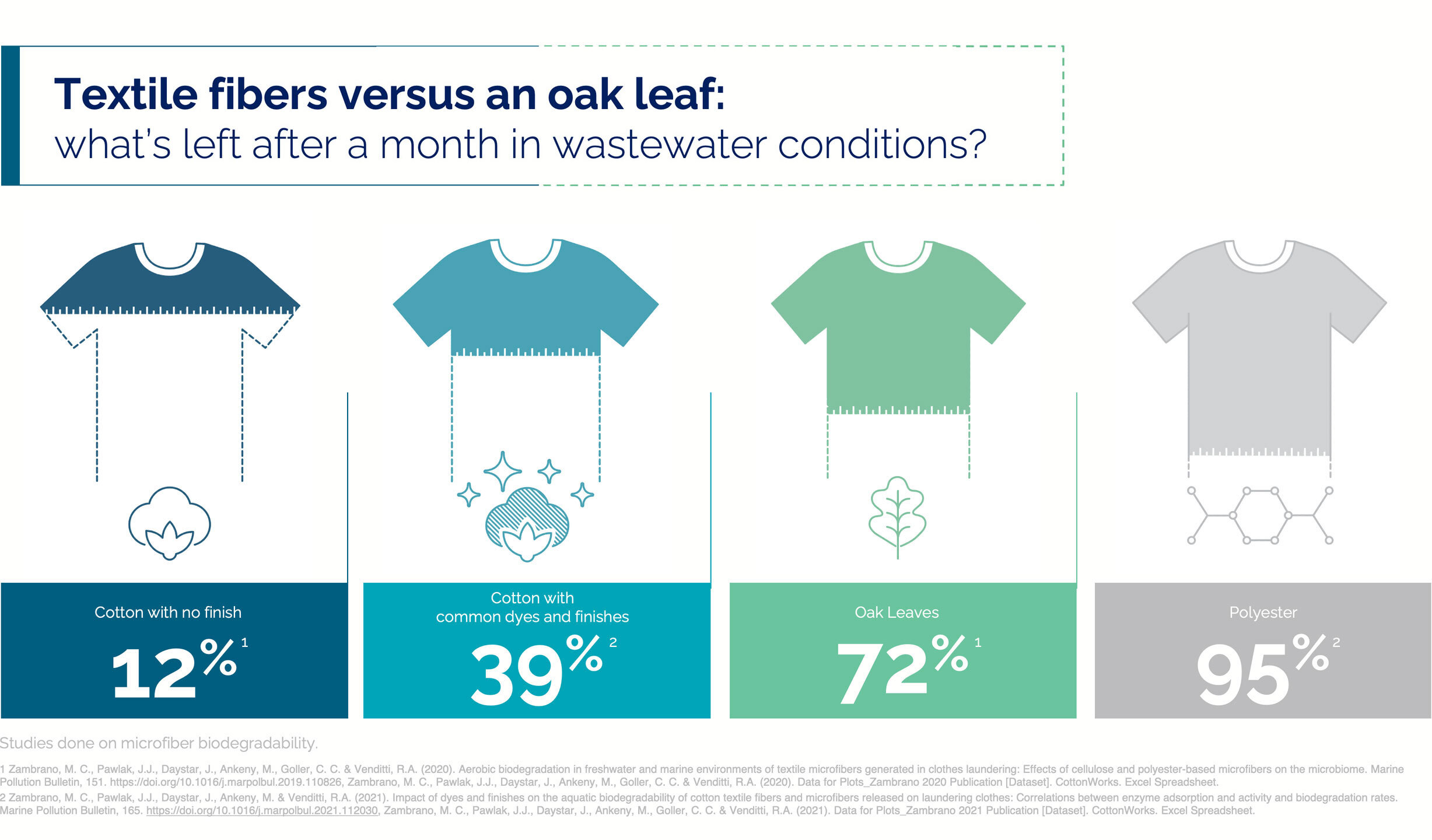
Comparing Compostability of Cotton and Polyester
Study: Biodegradability Study on Cotton and Polyester Fabrics12
Study Participants: Cotton Incorporated, Cornell University, 2010
Environment: Natural soil and a commercial compost facility
Materials: Scoured and bleached cotton, cotton with added softener, cotton with added resin, polyester jersey
Key Outcome: Although the finish impacts the speed of biodegradability, cotton with all finishes (scoured and bleached, added softener or added resin) biodegrades in a commercial compost facility. Polyester did not.
This study shows the potential for cotton to be considered a compostable material, with remarkable biodegradability observed in the commercial compost facility.
It also demonstrates that cotton is far more biodegradable than polyester. After only 90 days, cotton fabric samples experienced between 55-77% weight loss in the compost facility. Polyester, on the other hand, experienced a very slow degradation, and most of the fibers remained intact.
Cotton with added softener biodegrades the quickest, and cotton with added resin biodegrades the slowest out of the treated cotton. While each finish biodegrades in a different amount of time, every type of cotton we tested cotton biodegrades readily while synthetic materials do not. This study also observed biodegradation in natural soil, and similarly demonstrated higher biodegradability for cotton than synthetics.
Why Cotton Incorporated Invests in Biodegradability Research
Studies like these help the industry understand how biodegradable cotton can reduce the environmental impacts of textiles. While there is much to discover and act on, significant gains have already been made. Standards and regulatory bodies are beneficial in measuring and ensuring the quality of cotton and textile products. The standardization of definitions and quality characteristics enables transparency and global cooperation and understanding. It also helps collectively raise quality and performance as well as production guidelines.
The American Society for Testing Standards (now ASTM International) is a global leader in voluntary consensus standards and elevates safety, market access and consumer confidence. The International Organization for Standardization (ISO) is a non-governmental organization that bridges private and public sectors and informs many governmental standards.
Sustainability and traceability are top factors of importance to mills and manufacturers, which is why many brands and retailers prefer U.S. cotton. Cotton Incorporated has prioritized research and collaboration as well as global dissemination of the findings with the hope that they will continue to shape a more sustainable future for textiles.
Incorporating More Biodegradable Cotton into the Textile Industry
Our relationship with textiles matters. The care and disposal of garments and the biodegradability of raw materials, both natural and synthetic, is an important topic throughout the supply chain.
As fashion, apparel, and textile professionals, alongside consumers recognize the industry’s impact on people and the environment, there will be a call to move away from synthetic materials and lean into more sustainable materials like biodegradable cotton. Your company can get started today.
Natural, Biodegradable Fabric Alternatives
Cotton Incorporated has developed viable alternatives to synthetic microfiber fleece by creating cotton and cotton/wool blend fabrics designed to insulate and provide warmth while offering a natural, biodegradable option. The natural fibers shed from these fabrics easily break down in soil and wastewater environments.
Contact your Account Manager for options that suit your needs and can contribute to a more sustainable industry.
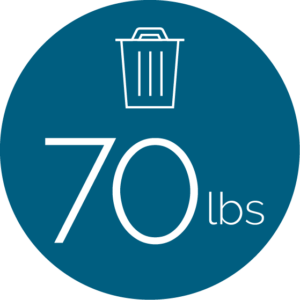
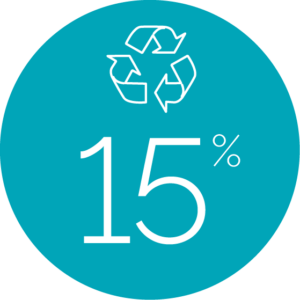
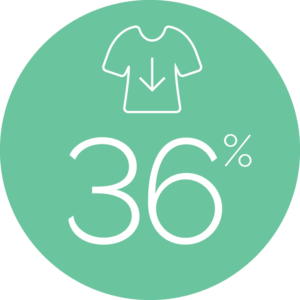




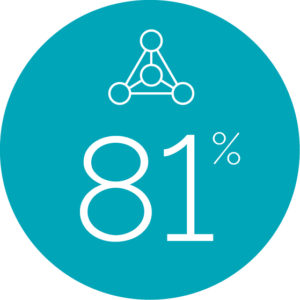



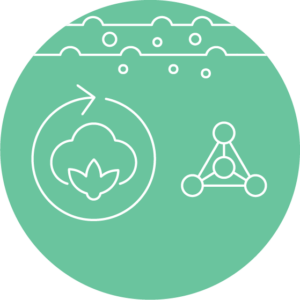
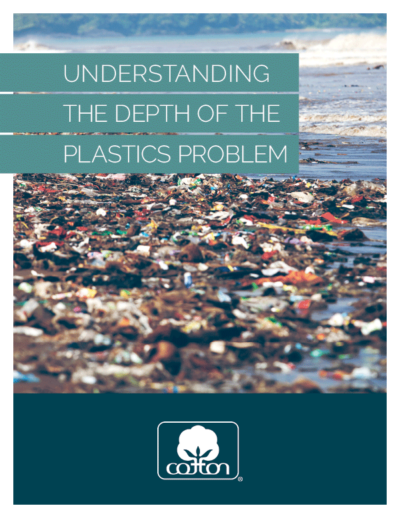
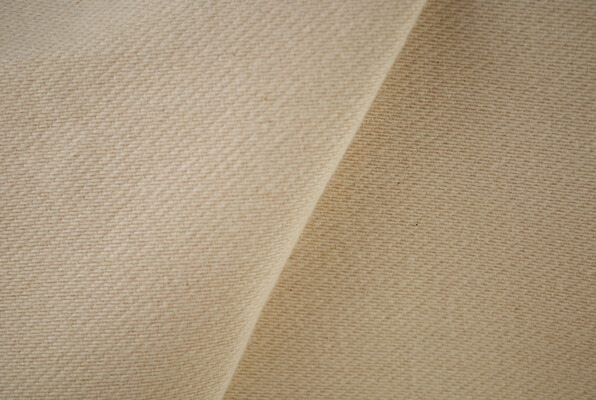 7082-4
7082-4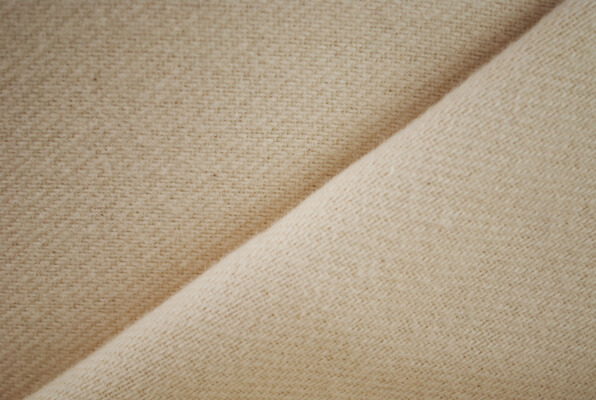 7082-5
7082-5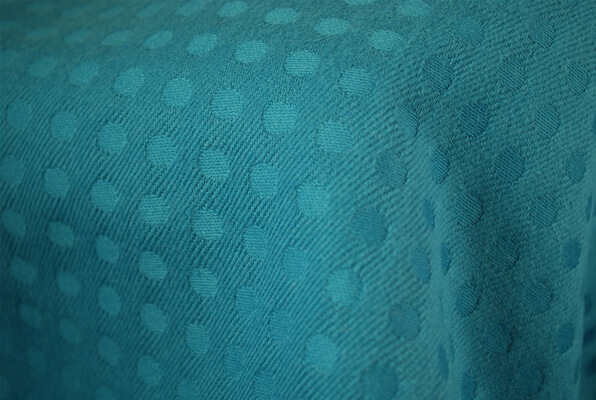 7082-8
7082-8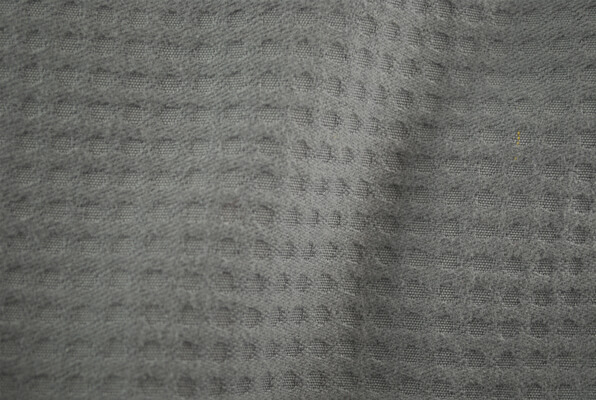 7082-9
7082-9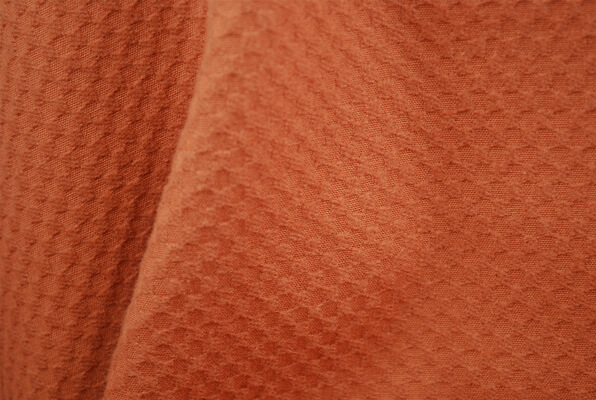 7082-10
7082-10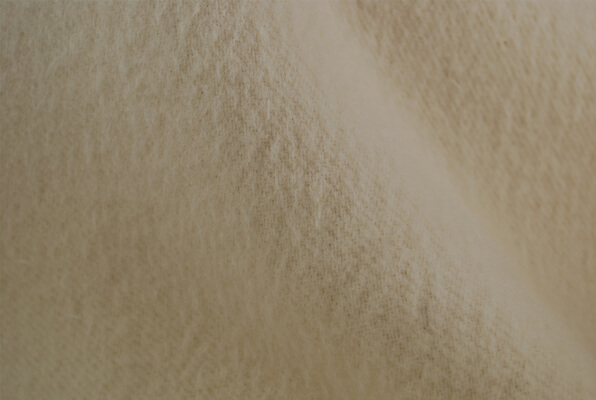 7128
7128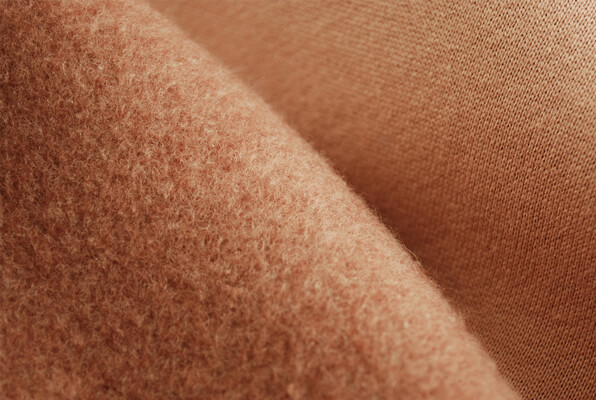 SK-2088-1A
SK-2088-1A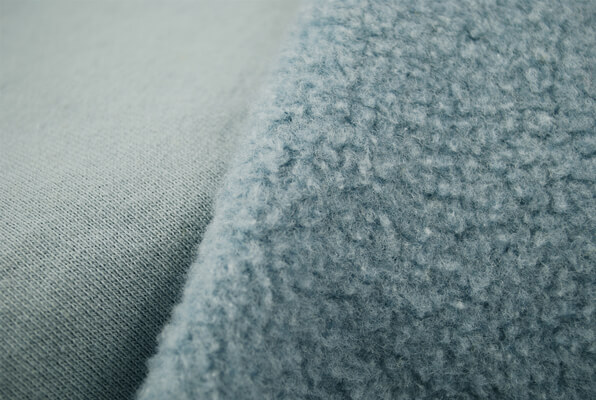 SK-2088-1B
SK-2088-1B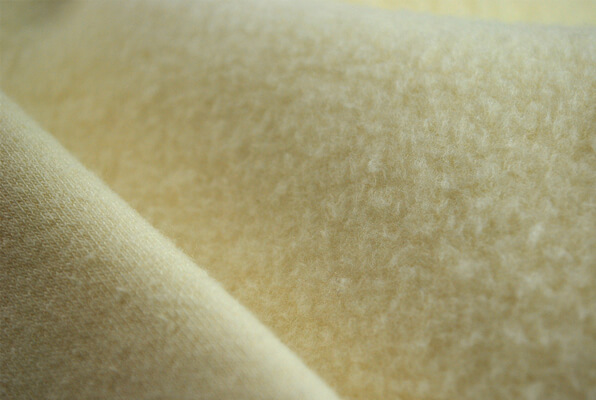 SK-2099-1B
SK-2099-1B